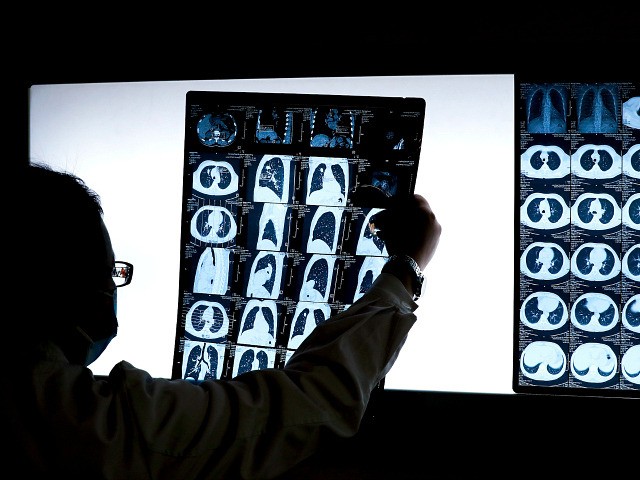An American Cancer Society report announced another historic year in over two decades of steadily declining cancer mortality rates.
While we may not have a cure just yet, America is slowly winning the battle against humanity’s most deadly malady. For the last 26 years, deaths from all forms of cancer have continuously ticked downward. And according to a new report published by the American Cancer Society in the “CA” medical journal, the news is only getting better.
From 2016 to 2017, the nation experienced a massive 2.2 percent drop in cancer deaths. It is the most precipitous decline in our country’s history and adds to an overall 29 percent drop that represents nearly three million more lives saved. One reason for this drop may be that the nation’s number of cigarette-users is declining.
According to Rebecca Siegel, first author of the report and scientific director of surveillance research at the American Cancer Society in Atlanta:
What is really driving [the declining death rate] is the acceleration in the decline of mortality for lung cancer, and the reason that is encouraging is because lung cancer is the leading cause of cancer death, causing more deaths in the US than breast, colorectal cancer and prostate cancers combined.
That’s really important and reflects improvements in the treatment of lung cancer across the continuum from improvements in staging to advances in surgical techniques, improvements in radiotherapy, all of these things coming together.
Siegal said they were “very encouraged to see that not only is the decline continuing for cancer mortality, [but also] the biggest single-year drop ever from 2016 to 2017.” Of course, smoking is far from the only contributor, despite being the most pervasive. Other areas of cancer research and treatment are excelling as well, and early detection is playing a major role.
“The biggest driver is the reductions in smoking, but also contributing are improvements in treatment as well as early detection for some cancers, like breast and colorectal cancer,” she said. “It was exciting that we’re seeing that decline continue, because for other leading causes of death, like heart disease and cerebrovascular disease, progress is really slowing — and, in fact, death rates have stabilized for cerebrovascular disease (stroke).”
Yet there is still so much more work to be done: At this point, the odds of developing malignant cancer during the course of a lifetime is estimated at 40.1 percent for men and 38.7 percent for women. This year, an estimated 606,520 Americans will die from cancer — well over 1,600 every day.
“I think we’ve made really important headway and progress,” said Dr. Mark Awad, clinical director of the Lowe Center for Thoracic Oncology at the Dana-Farber Cancer Institute in Boston, “But certainly there’s a long way to go.”

COMMENTS
Please let us know if you're having issues with commenting.